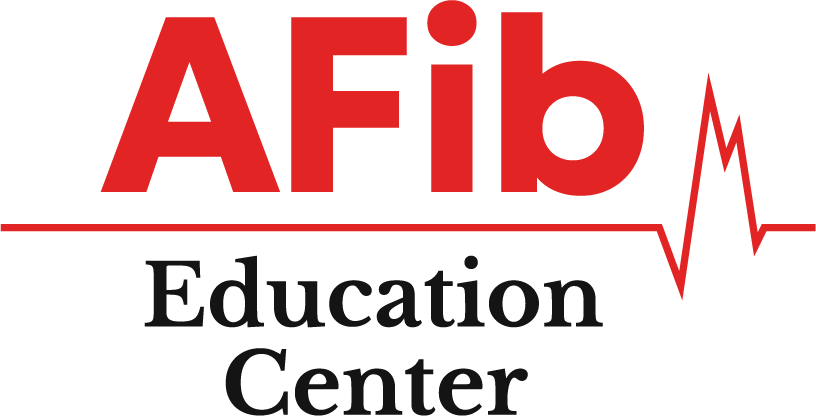Cardioversion in Atrial Fibrillation
Cardioversion, also known as electrical shock treatment, is a procedure used to restore normal heart rhythm in patients experiencing atrial fibrillation (AFib). By delivering a controlled electric shock to the heart under sedation, cardioversion temporarily resets the heart’s electrical activity. It provides immediate relief from AFib symptoms such as palpitations and fatigue. However, cardioversion is not a cure for AFib. It does not remove the underlying abnormal cells causing the condition, so AFib can recur. Understanding its mechanism and limitations is crucial for patients and healthcare providers considering this treatment option.
Key Points Covered
- Mechanism: Cardioversion uses an electric shock to reset the heart’s electrical activity, allowing normal rhythm to resume temporarily.
- Short-Term Relief: Effective for immediate symptom relief in AFib episodes but does not eliminate the underlying condition.
- Procedure: Involves sedation, delivery of an electric shock, and a brief recovery period.
- Recurrence: AFib can return because cardioversion does not address the root cause.
- Use Cases: Suitable for short-term control of AFib, particularly in early-stage cases.
- Comparison to Other Treatments: Less invasive than catheter ablation but requires adjunctive medications for sustained rhythm control.
Cardioversion plays a crucial role in managing atrial fibrillation by swiftly restoring normal heart rhythm and alleviating symptoms. While it offers immediate relief, it’s important to recognize that cardioversion alone is not a permanent solution for AFib. Patients may require ongoing treatment with medications or more definitive procedures like catheter ablation to achieve long-term rhythm control. Understanding these options and working closely with healthcare providers can help individuals with AFib effectively manage their condition and improve their quality of life over time.
